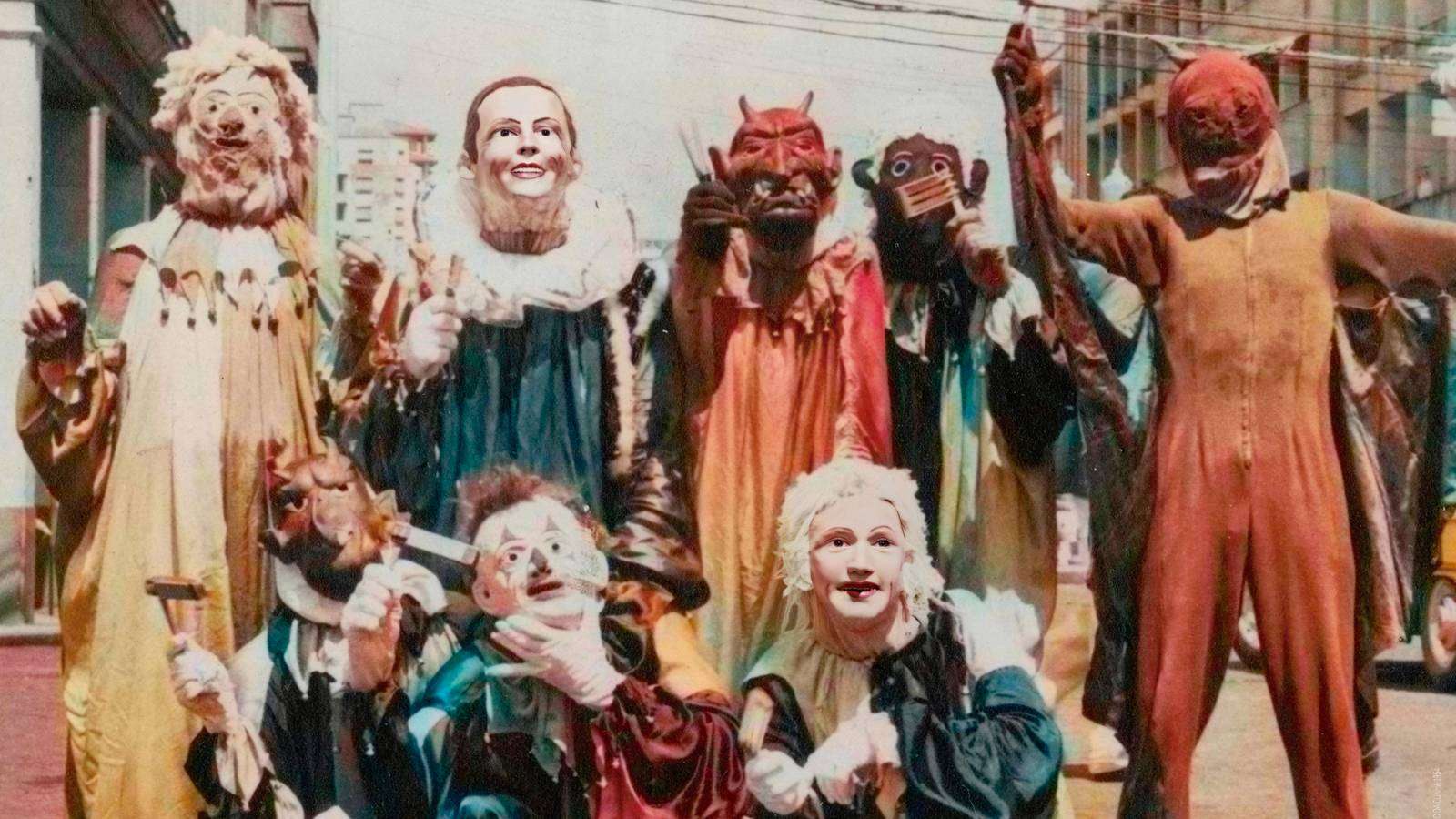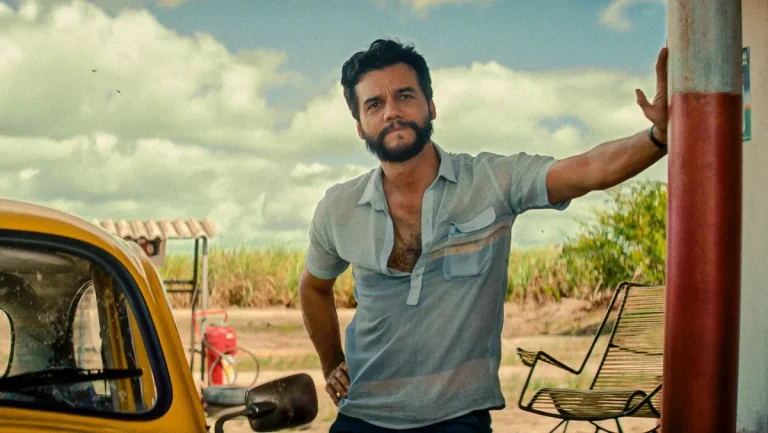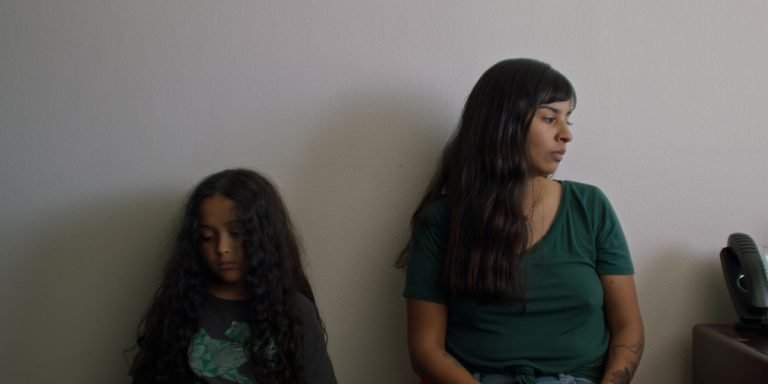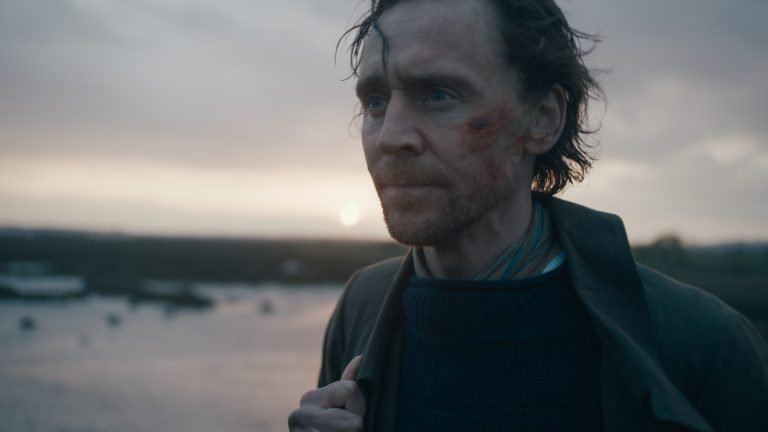To watch Kleber Mendonca Filho’s latest documentary, Pictures of Ghosts (Original Title: Retratos Fantasmas), is to partake in a giddying, rich, rapturous dose of ardent cinephilia. This achingly loving paean to the movies is steeped in personal memory, deftly interposing a variety of archival footage, including Filho’s own home videotapes, photographs, and clips from his films as he dutifully narrates and chronicles. His recollections guide us, with continually expanding layers of subtext and nuance, into establishing an intimate, symbiotic relationship between Recife, the city where the Brazilian filmmaker grew up, and the movies.
By the end, the two become inseparable, feeding off each other, the once-vibrant but now peeling and defunct cinemas active commentators on the changing fabric of the city. “Movie marquees,” Filho remarks, “offer secret messages.” Could it have been just incidental that one of the cinema marquees displayed ‘Knock Off’ on the day it was shut down? The director cheekily suggests. Filho is keenly attuned to the past, its historical function as well, and how it frequently gets razed in its transition into the constitution of the present. Therefore, he meticulously recuperates vast archives of public and private memory in crafting a spellbinding, textured, and utterly absorbing narrative that seamlessly blends a playful style with the pensively preservative.
Divided into three chapters, the film opens with Filho recounting how his mother, Joselica, first moved into their apartment in the seaside area with him and his sibling after the breakup of her marriage way back in the seventies. The area gained considerable attention and was popularised when Janet Leigh came on a trip in the sixties, Filho splicing in the footage as well. But slowly, large chunks of downtown Recife fell into disrepair, ultimately consigned to oblivion, as people shifted to other thriving corners.
Filho’s mother was a civil servant who worked with abolitionists, and we can gauge it is she who has passed on her profound love and attachment to a place to Filho. She kept changing the house, tailoring it, and even right before her surgery, she remodeled the house by way of reinstating some control in her life. Filho’s brother, a budding architect then, supervised the reconstructions, adapting it to his own artistic influences. This house was central to Filho’s earliest ventures in filmmaking, having made some ten or more short films in and around here alone.
Neighbors dabbled as extras. There’s a particular thrill in getting a peek into Filho’s blood-splattered amateur projects. For fans of his breakthrough feature, Neighbouring Sounds, there are bountiful pleasures to be had as the director extensively shares anecdotes from the lessons he had while making it, drolly admitting that he often lied he did production design when asked about authenticity. Mathew Farias expertly cuts between sequences from the film and people occupying the same location, the same table, the difference evident in lighting.
There are flashes of poignant, striking brilliance scattered amongst the more diligent accounts of his neighborhood’s gradual gentrification with bars and netting to keep out a bunch of rowdy, nosy stray cats. In one scene, Filho recognizes his dog, Nico, and barks, but he dies not long after Neighbouring Sounds is released. Soon, he realizes that the sound is from one of his own neighbors watching the film on their TV, a scene featuring Nico. As Filho profusely intersperses clips from his film, we get a rounded sense of how he evolved and arrived at his understanding of cinematic language, including a memorable bit of fashioning a “cinema apartment” as opposed to his more mundane apartment.

While the documentary traces a changing cityscape, how much of our everyday environment, where we grow up and places we pass by, the spaces we inhabit inform our gaze at history and art, it is the tremendously constructed, most emotionally packed mid-section that could very well immortalize downtown Recife. Filho is at his delightful and enchanting best here; sample how he describes the three old, closely located, and rival cinemas as “staring at each other in a standoff.” This chapter is filled with dense but always riveting snippets of history and figures of cinema, ranging from Nazi origins to Art Palacio, one of the theatres that ran for close to half a century, to quack distributors of pirated copies and film memorabilia.
Filho takes us on a tour of some of the iconic theatres, including Sao Luiz, that have survived the wreck and ruin of change and continue as a repertory of art-house cinema. The bonds established in these spaces run deep, from the filmmaker developing an appreciation for sound to his long friendship with the projectionist at Art Palacio, Alexandre. After showing The Godfather for four months, on the last day, he asked a fellow projectionist to take over the screening instead, being too overwhelmed. Afterward, he couldn’t bear even to hear the film’s score.
Alternating between grainy film stock and sophisticated, smooth digital footage, Pictures of Ghosts elegantly fuses at once both the ephemerality and permanence cinema can endow and attract. It is suffused with love and amusement at the eccentricities of cinemas, including a tale about a theatre that had even a narrator speaking into the cinema explaining what was happening on-screen during any arthouse show.
As the narrative spins out into the transforming nature of cinemas across ages, being revamped into shopping malls and churches, the divinely engrossing, exquisitely ambling spirit of Pictures of Ghosts keeps the viewer gliding along. “Cinemas can be places of kindness,” Filho tells us. He fills his film with pocket-sized, enduring remembrances of the warm, tight knots of humanity, life, and laughter emerging from the cinemas, shuffling into the streets.
This excellent, joyous, moving film goes out on a perfectly tricksy note, reminding us of the many possibilities of artifice within the folds of an ostensibly straight-faced documentary record.




![Je suis Karl [2021] Netflix Review: Potent political thriller falls short due to uneven and heavy-handed execution](https://79468c92.delivery.rocketcdn.me/wp-content/uploads/2021/09/Je-Suis-Karl-1-highonfilms-768x432.jpg)




![Mother/Android [2022] Review: An emotionally hallow genre fare](https://79468c92.delivery.rocketcdn.me/wp-content/uploads/2022/01/Mother-Android-1-768x413.jpg)